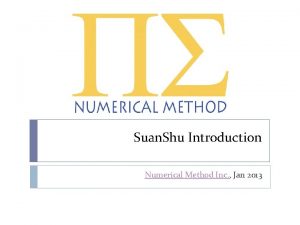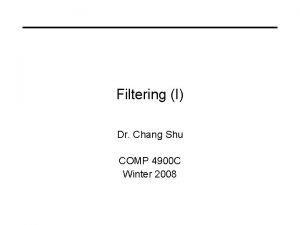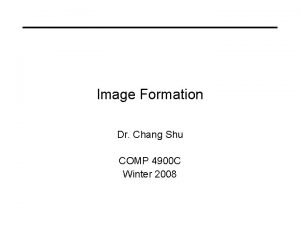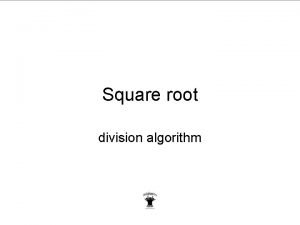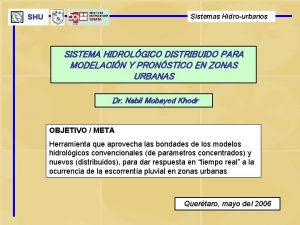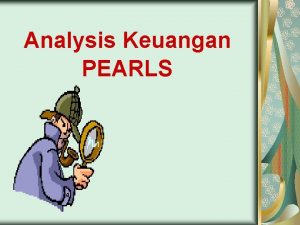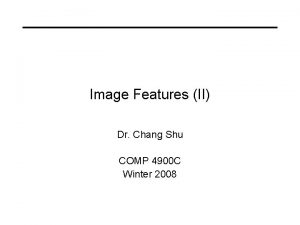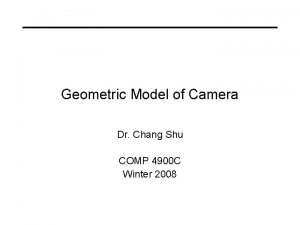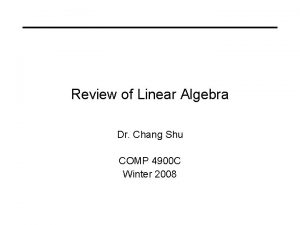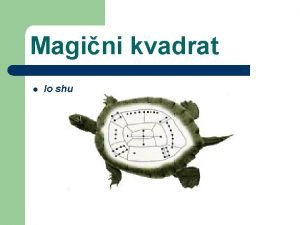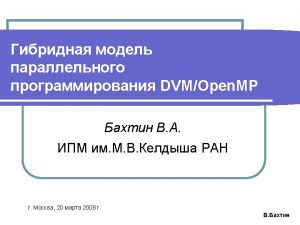Image Features I Dr Chang Shu COMP 4900















- Slides: 15

Image Features (I) Dr. Chang Shu COMP 4900 C Winter 2008

Image Features Image features – may appear in two contexts: • • Global properties of the image (average gray level, etc) – global features Parts of the image with special properties (line, circle, textured region) – local features Here, assume second context for image features: • Local, meaningful, detectable parts of the image Detection of image features • • Detection algorithms – produce feature descriptors Example – line segment descriptor: coordinates of mid-point, length, orientation

Edges in Images Definition of edges • • Edges are significant local changes of intensity in an image. Edges typically occur on the boundary between two different regions in an image.

Applications of Edge Detection • • • Produce a line drawing of a scene from an image of that scene. Important features can be extracted from the edges of an image (e. g. corners, lines, curves). These features are used by higher-level computer vision algorithms (e. g. , segmentation, recognition).

Edge Descriptors • • Edge normal: unit vector in the direction of maximum intensity change. Edge direction: unit vector to perpendicular to the edge normal. Edge position or center: the image position at which the edge is located. Edge strength: related to the local image contrast along the normal.

What causes intensity changes? • Geometric events – object boundary (discontinuity in depth and/or surface color and texture) – surface boundary (discontinuity in surface orientation and/or surface color and texture) • Non-geometric events – specularity – shadows (from other objects or from the same object) – inter-reflections

Images as Functions 1 -D

Images as Functions 2 -D Red channel intensity

Edge Detection using Derivatives • Calculus describes changes of continuous functions using derivatives. • An image is a 2 D function, so operators describing edges are expressed using partial derivatives. • Points which lie on an edge can be detected by either: – detecting local maxima or minima of the first derivative – detecting the zero-crossing of the second derivative

Edge Detection Using Derivatives image profile of a horizontal line first derivative second derivative

Finite Difference Method We approximate derivatives with differences. Derivative for 1 -D signals: Continuous function Discrete approximation

Finite Difference and Convolution Finite difference on a 1 -D image is equivalent to convolving with kernel:

Finite Difference – 2 D Continuous function: Discrete approximation: Convolution kernels:

Image Derivatives Image I

Image Derivatives Image I
